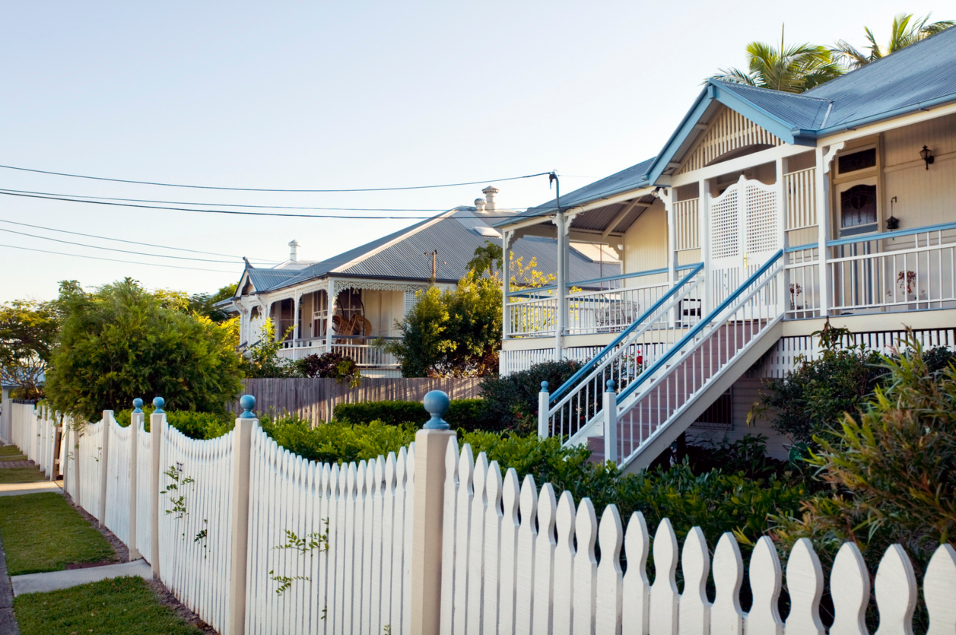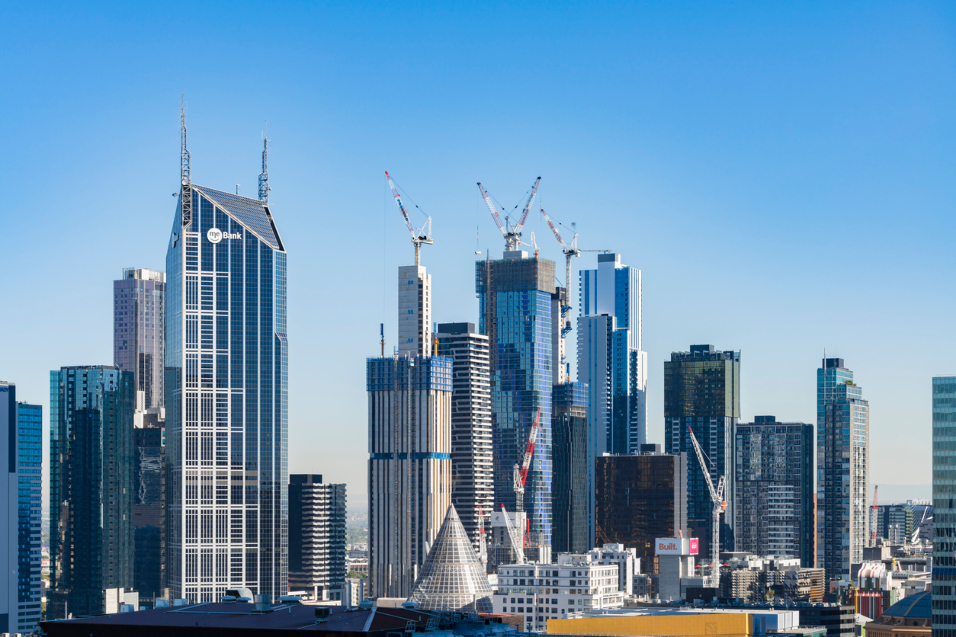A sudden tightening in credit availability from the big four banks has accelerated price falls and created a "mini-credit crunch", according to Deloitte Economics.
In its 125 page Business Outlook report the economic forecaster reiterates that property prices will continue to cool, while underscoring the importance of infrastructure in the face of Australia’s sustained population growth.
Housing construction is well into a downswing, but the key question the report poses, is how much further will it fall before entering into a recovery phase?
The surge in housing supply and pipeline in recent years has seen housing supply catch up with demand, removing a key driver of past growth.
With housing prices sitting north of the stupidity line in many markets, that’s been a powerful positive for developers to develop and for investors to buy into. But the market is shifting, leaving investors fearful of getting stung. Developers ditto.
--Deloitte Access Economics
“We still expect a pretty benign construction cycle. That benign nature owes much to what we don’t see in the next couple of years. We don’t see China falling over and Australian unemployment jumping. And we don’t see global and local interest rates rising fast.”
Across Australia

Despite market commentary of a capital city driven residential slowdown, Deloitte earmarks the east coast as key to Australia’s growth this financial year.
The report looks favourably upon Queensland, revealing the state is now “well and truly through the worst of its mining construction downturn”.
“Eye-watering house prices south of the border are finally sending more economic refugees north to Queensland, while gas exports are leaping and tourists also continue to flock to the State.”
New South Wales will continue to be a “top notch performer”, but mainly due to the booming housing price growth of absurd proportions in recent years.
“Infrastructure is still the key to current strength, but keep an eye on Australia’s mini-credit crunch; it could prove more problematic in NSW than elsewhere,” the report states.
Victoria’s strong migration influx continues to bolster the state’s economy.
“But prospects are vulnerable to the toxic politics surrounding migration. And while infrastructure spending is great, it has to be.
“More people means more infrastructure is needed.”
Meanwhile, South Australia’s population has grown faster than the US and the UK with growth still the best it’s been since the GFC, and Tasmania’s population has grown at a faster rate than France.
Related: A Welcomed Sigh of Relief for Home Buyers

Where migration meets infrastructure: more people need more infrastructure
Australia’s population growth is a global standout, with the population growing by an additional “Canberra” every year, according to Deloitte.
The report tributes rapid population growth as “absolutely the right way to go” for Australia, but with a clear need to match the influx of people with a sustained level of infrastructure.
“Immigration and infrastructure should march together – the longer they don't the greater the risk that Australia’s immigration intake is cut – perhaps severely, thereby undercutting many of the 'most likely' forecasts underpinning the growth of domestic markets.
If this nation keeps failing to deliver a matching lift in our infrastructure, then the politics of population growth in Australia will grow ever more toxic.
--Deloitte Access Economics
“We’re 25 million people sitting on a continent while half the world has an industrial revolution.
"That backdrop begs us to have a bigger population and, done right, we can do so in ways that boost living standards for all Australians. New and all.”














